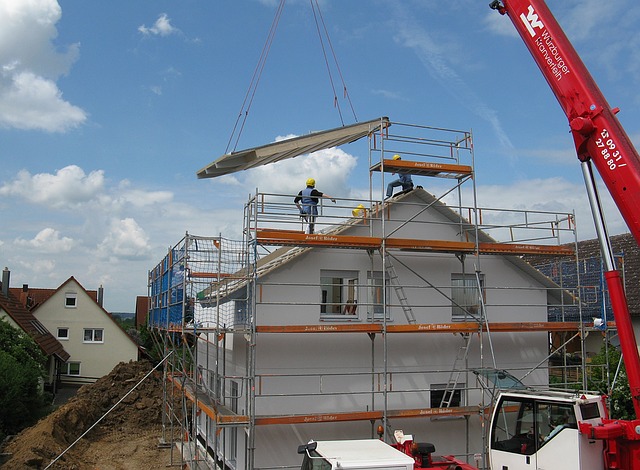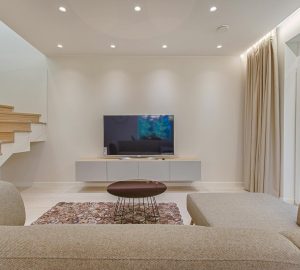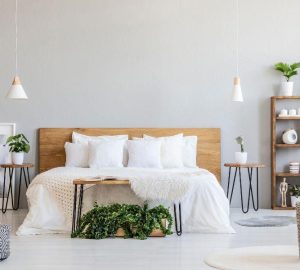Converting houses into flats is a current trend that shows no sign of slowing down.
Whether it’s buying a residential building or using the one they currently live in, a lot of people have taken to splitting a bigger property into smaller units and then renting said units off.
It is a tantalising and popular prospect because it can offer both short-term rental income as well as long-term profits on sale.
If you are interested in having a go at this yourself, first of all make sure you have the funds to cover the venture (it may cost up to £25,000 for the conversion alone).
Then check below for everything you need to know both in regards to legal requirements and how you can maximise your potential for success as a landlord.
Become a landlord

To make sure that the whole venture is not a waste of time you should do extensive research into, and double and even triple check, a host of factors regarding the market.
First and foremost, will there be a demand for flats in the area you propose to build them in? Checking articles such as this one on The Telegraph that documents the best 10 postcodes for buy-to-let ventures in Britain is a good way to do so, but the best option is to let your own knowledge guide you, both of the area and future plans for the area.
For instance, the HS2 train line, that was granted Royal Assent on 23 February, is set to be completed within 10 years and will mean that Birmingham will be accessible to those travelling from London in just one hour.
This could lead to a rise in the prices of accommodation in Birmingham as all those that do in fact work in London flock there in order to beat the London prices and still be within distance of their place of work.
So, if a would-be renter was to begin their empire in Birmingham within the next few years, in 10 years time they could see major profits, especially if they decide to sell up.
These are the sort of factors that should be considered when making decisions on areas in which to base a buy-to-let business.
Should the HS2 route (light blue) be factored in?

Image Source
And there comes a time when the venture becomes physically serious, and not just a matter of deliberating and considering.
It becomes real in the form of having to contact the planning department of the local council of the area you wish to build the flats in in order to seek planning permission, and then having to apply for building regulations approval even if it is your own home that you are converting.
Then, once all the legal preparation is out of the way, then comes the fun part: the building — that is if you have your funds in order and have budgeted sufficiently for the venture.
You will need to get in experienced and qualified professionals in to do any work that you are unable to do, which will probably include the tearing down and putting up of walls as well as sufficient improvements to access.
In regards to this, firms such as Detail Developments Builders, who understand that different refurbishment requirements are needed for rental properties than those that take place on homes, will help to make your property as suitable as possible for the venture.
But it’s not all about asking others for help: you will then have to do some work yourself. You should decorate the flats in a way that you think will make them as attractive to tenants as they can possibly be — this means no magnolia!
Once all of this is completed, it’s back to the boring stuff — it’s imperative that you seek the correct mortgage requirements that are designed specifically for buy-to-let properties.
As well as this, you should also get in contact with a solicitor in regards to any lingering legal transactions that haven’t yet taken place, as you don’t want you dream to turn into a nightmare as soon as the first renters walk through the door.
And then, finally, after all that time you’ve spent dreaming about the venture, deliberating how best to maximise your profits, speaking to the relevant parties about legal requirements, building the place, decorating the place and advertising the place: it’s time to sit back and enjoy being a landlord.









